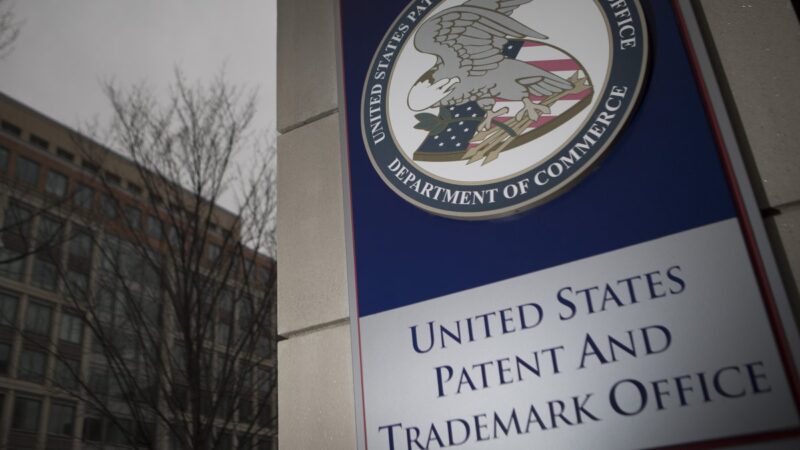The Battle Over Patents: A Summary
Adapted from The Battle over Patents: History and Politics of Innovation, edited by Stephen H. Haber and Naomi R. Lamoreaux (Oxford University Press, 2021).
Complaints about the patent system are not new. Virtually all arguments that critics seize upon today to support their suggestions for a patent reform have been raised (and rebutted) in the past. Yet, the same arguments resurface again and again.
This is because the proposed changes to the patent system have enormous consequences for the distribution of producer surplus, which are the profits earned by the firms that make up the production chain. Every firm in the production chain battles over its share of the surplus, and they fight with all the arrows in their quivers, including lobbying to change the laws governing patents. Firms that develop the innovations that create surplus tend to lobby for stronger patent laws, because stronger property rights improve their negotiating position vis à vis businesses that use their inventions in their products or services. Conversely, other firms in the production chain tend to lobby for weaker patent laws in order to improve their position when negotiating the price for using others’ inventions.
Because human beings are guided by self-interest in the battle over economic surplus, we have come to understand that patent systems are necessarily riddled with imperfections. But this is not true just for the patent systems that affect the distribution of economic rents: indeed, the same can be said for any other form of property rights, laws, and regulations whose purpose is the generation and apportionment of economic surplus. The meaningful question, therefore, is not how patent systems are imperfect, but why historically they have come to dominate all other methods of encouraging inventive activity.
The essays in our new book, The Battle over Patents, pursue this question at length and permit us to outline a brief version of the answer that we came to. Patents dominate because they create property rights that facilitate a division of labor, as they allow firms to transfer technological knowledge to one another, even across countries, and allow for incremental improvements to existing technologies. Put differently, patent systems foster the kind of decentralized, cumulative technological improvement that extends the frontiers of what is economically possible.
The rationale behind it is simple. Patents are valuable to inventors for two reasons. First, the right to exclude protects them against competitors seeking to free-ride on their ideas. Second, the right to exclude takes the form of a temporary property right that can be sold, licensed, and traded. Most technologically creative people are eager to profit from their discoveries; but inventors are not always good at running businesses, so they often prefer to transfer the task of commercialization to others who are better suited to that activity, allowing inventors to specialize in what they do best – innovate. Furthermore, the same temporary property right that enables inventors to specialize makes it possible to assemble the numerous technologies needed to produce complex products. In other words, it allows businesses downstream along the value chain to specialize in their own fields.
For all their imperfections, US-style patent systems spread because they have multiple advantages. By creating property rights that can be traded in a market, they have facilitated the development of a productive division of labor, either within the firm or through the market, that has enabled inventors to specialize in technological discovery and leave the task of developing and commercializing their ideas to others. These patent systems have also made it possible for firms to transfer technological knowledge to other firms–even to firms in other countries. Moreover, patents are available not just to inventors of breakthrough technologies, but also to those who improve existing technologies incrementally, or find novel ways to use them in other applications. Thus, economic surplus is created and increased, to everyone’s benefit.
Note: Haber and Lemoreaux explain further in this interview. For more on B. Zorina Khan’s research, please read her blog post and Adam Mossoff’s excellent description of her work.




Assessing the Patent and Trademark Office’s Inventorship Guidance for AI-Assisted Inventions
